When speaking about the JRPG genre, few series have gained notoriety in recent years as much as Persona. This massively popular series from Japanese developers, Atlus, has become an easily-recognizable staple of modern gaming thanks to its stylish anime visuals, catchy soundtracks, and colourful casts of characters. Though unbeknownst to many Persona fans, these games themselves are spin-offs of much a larger series, with roots deeply intertwined within the dark, devil-summoning origins of Megami Tensei.
Making its debut in 1987 for PC and NES exclusively in Japan, Digital Devil Story: Megami Tensei introduced a role-playing experience full of mature themes and grim undertones. Unlike most other light-hearted RPGs, which were primarily focused on traditional fantasy, this series had the player making deals alongside devils and demons in a hopeless and often depressing setting. Although popular in Japan, the series raised much controversy due to its mature content, distressing themes, and use of religious characters and imagery, making localization challenging.
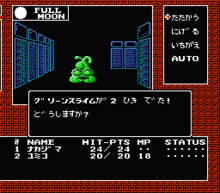
This was until Nocturne.
The first mainline Shin Megami Tensei game to be released outside of Japan, Shin Megami Tensei III: Nocturne originally launched in 2003 on the PlayStation 2, the following year in the US, and 2005 in Europe as a “director’s cut” version titled Shin Megami Tensei: Lucifer’s Call. Despite remaining very much a niche JRPG, the game managed to receive overwhelmingly-positive reviews and cemented the series within a Western audience. Since then, numerous other Megami Tensei games have seen international releases across multiple console generations.
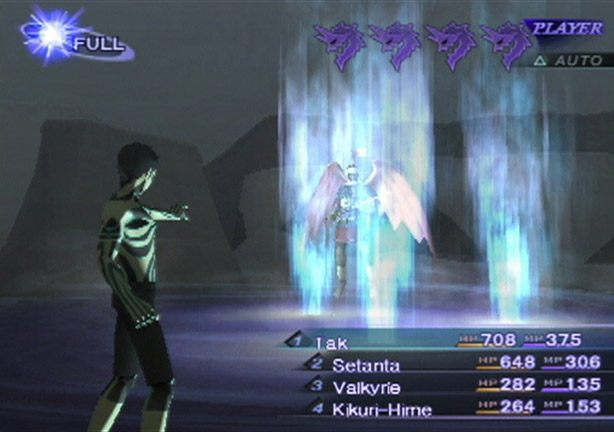
Now over 15 years since its release, Nocturne, much like the post-apocalyptic Tokyo in which it is set, has been born again and revived in a brand new HD Remaster for PlayStation 4 and Nintendo Switch. Though this begs the question: has this cult classic stood the test of time, or has it been outdone by the Persona series for which it is responsible?
Plot
All good JRPGs are set in Tokyo. That’s exactly where Nocturne begins: in the sprawling metropolis that is the heart of Japan. Playing as an unnamed silent protagonist, the story begins as a regular day in the city when tasked to meet up with fellow classmates and visit his school teacher in hospital. The hospital however is eerily quiet and the teacher is nowhere to be found – instead a mysterious figure attempts to take the protagonist’s life. It’s soon revealed that all those within the hospital are to be spared from the impending “Conception”: the destruction and rebirth of the world, which will annihilate all life and rebuild anew.

Having conveniently survived the apocalypse, the player is beckoned by an unholy voice and infused with the power of demons: a Magatama. Undergoing changes even more confronting than those of puberty, the protagonist is forcibly morphed into an accursed “Demi-Fiend“, a forsaken being neither human nor demon. The newfound powers of the Magatama allow the protagonist not only to communicate with demons, but to recruit them to his bidding (a key gameplay element of the series).
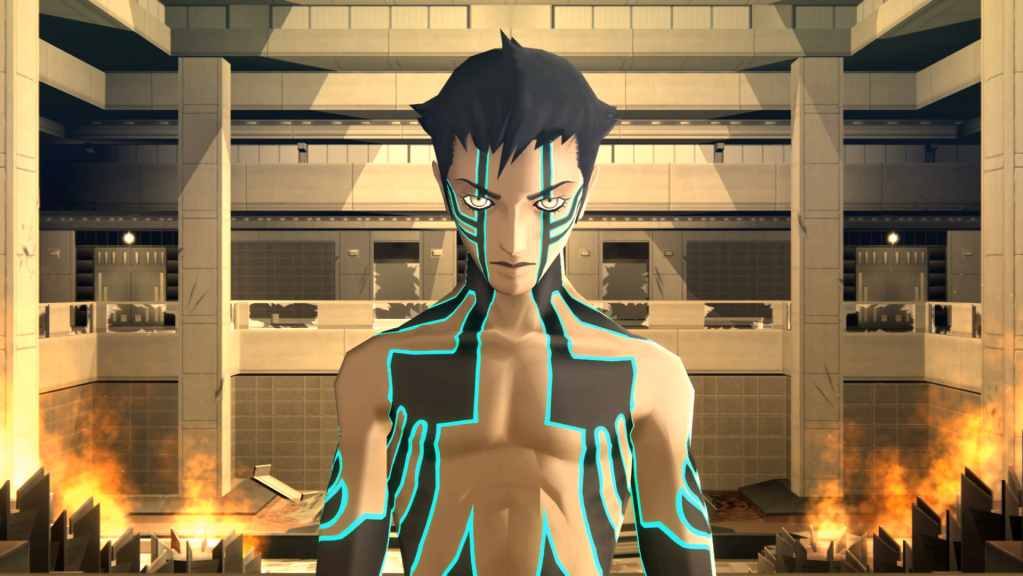
Upon leaving the hospital, Tokyo now lays in complete ruins, having been reconstructed into a spherical “Vortex World” where the majority of the game takes place. Now occupied by two opposing demonic cults, The Mantra Army and The Assembly of Nihilo, these warring factions seek to take control of the Vortex World and rebuild it as their own creation. This can be only be achieved through the manipulation of Magatsuhi (a term you’re going to hear a LOT in Nocturne), the life essence extracted from the suffering of living beings, particularly a race of disturbing artificial humans known as the Mannikins.
Though ultimately it comes down to the Demi-Fiend to decide whose pursuit to rebuild the world may succeed. In discovering new areas of the Vortex World and recruiting demons for your cause, it falls upon you to unravel the motives of each cult and their leaders, and oversee the fate of all who are left within this post-apocalyptic demonic dystopia. It’s a bleak, morbid, and often depressing narrative that is absolutely gripping from start to finish.
Gameplay
Nocturne is very much a traditional JRPG, and features most of the gameplay staples that you would come to expect of the genre, which is divided into several key elements: exploration, dungeons full of clever environmental puzzles, intuitive combat, and character/party customisation.
The Vortex World acts as an overworld hub, which represents Tokyo and is split into areas based on each real-life suburb. Having been to Tokyo multiple times I found it quite amusing to stumble across places that I recognised (though in a dilapidated state). Traversing this overworld as a simple icon allows you to enter more detailed locations, dungeons and labyrinths, where the majority of the game takes place. Most dungeons feature brilliant designs making exploration thoroughly enjoyable, and include puzzles to hinder your progress which will at times require some serious thought.

Exploration is made even more satisfying with the souls of the deceased and disturbing demons also scattered throughout the new world. These offer hilarious dialogue in between the plot details obtained by conversing with them. Also featured is a quick travel system known as the Amala Network, where you travel via mystical steel drums that are linked together by some sort of satanic internet.

Those who have played Persona will be immediately familiar with many aspects of the combat, as the summoning and fusion of Persona is directly inspired by the demon summoning found within Nocturne. During battle you play solely as the Demi-Fiend but possess the ability to recruit and summon up to three different demons to fight alongside you in combat, each of whom offer a unique skillset. Demons can be recruited during combat by talking to them, offering up items as a sacrifice, or sometimes even seducing them.
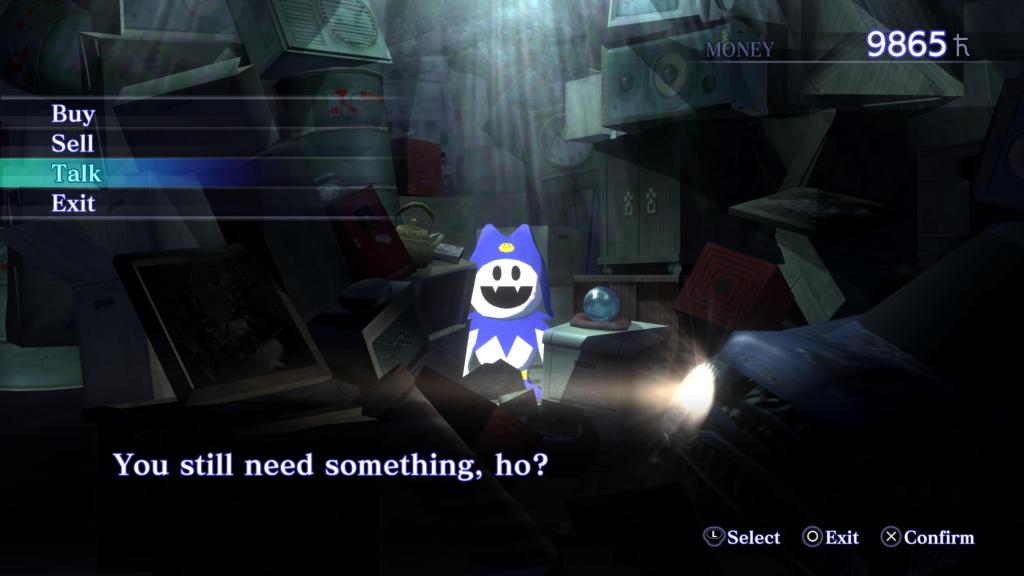
Outside of combat, party customisation comes in the form of swapping demons to/from the player’s stock, which expands with progression through the game. Stopping by the Cathedral of Shadows will also allow the registration and fusion of demons, creating stronger compatriots that cannot be obtained elsewhere. This element of gameplay is akin to the iconic “Velvet Room“, which provides the same service in the Persona series.
However, in a disturbingly un-RPG fashion, there is no equipment in the entire game. No weapons, armour, or even accessories. This is completely replaced by the Magatama: spiritual stones which are acquired throughout the game. By swapping Magatama, the Demi-Fiend’s stats will change and grow differently upon levelling up, providing varying skills that can be chosen and swapped out based on a particular play style. At first it was jarring not to have typical RPG equipment, but eventually I became accustomed to the Magatama which is a simple and satisfying system.

Visuals
Those spoiled by the incredibly stylish visuals of Persona 5 may have a hard time stepping back into a visual style like Nocturne, which in comparison appears very rough around the edges. Despite being a “HD Remaster,” it’s still immediately obvious that Nocturne is a PlayStation 2 game. The cel-shaded 3D graphics almost seem to scream the early 2000s era. But is this a bad thing? Not quite. Technical limitations of the era meant that graphical fidelity instead had to be enhanced by artistic direction and clever design.
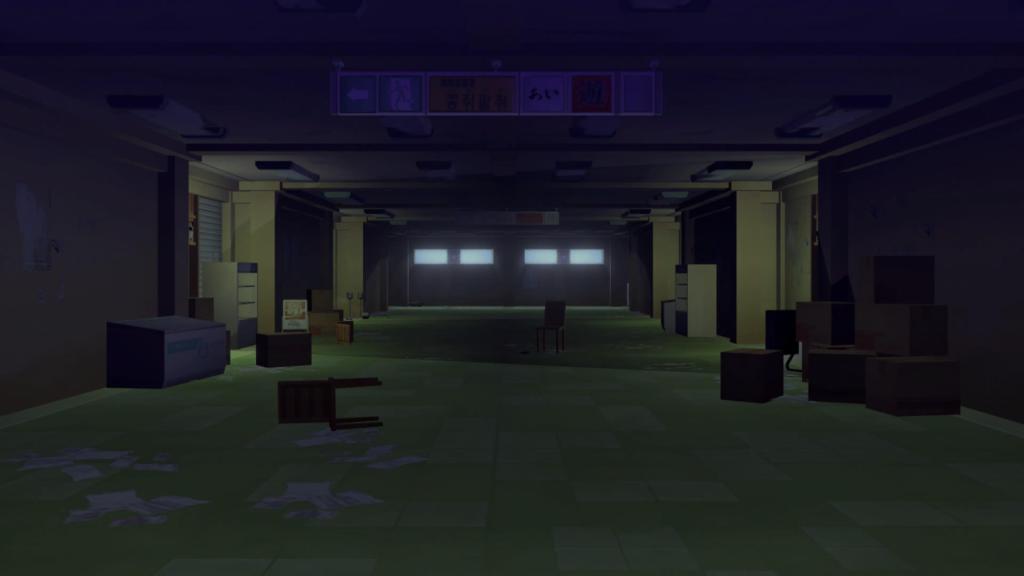
Despite the lack of detail when compared to modern JRPGs, Nocturne manages to create a setting and atmosphere that is equal parts intriguing and disturbing. This is achieved through distinct environments that are often eye-catching and key characters/NPCs that blend modern Japanese society with a hint of the macabre.

Soundtrack/Audio
Shoji Meguro – maybe you’ve heard the name? Atlus’ in-house composer has been creating music for the series since the mid ’90s and has since become one of the most praised creators of videogame music. Known for his use of electronic, rock and jazz genres within the SMT/Persona series, Nocturne is a prime example of Meguro’s distinct musical style. Tracks vary from ambient and eerie through to frantic and fast-paced with everything in-between. It’s not quite the peppy J-Pop or acid jazz that has since become synonymous with Meguro, but it’s representative of his earlier creations and features tracks that fit with the melancholy and depressing nature of Nocturne. Check out the track “Tokyo Conception” for one of the more dramatic pieces in the game.
To accompany the soundtrack, a cast of characters ranging from delightfully devilish to downright demonic demonstrate voice acting performances that are some of the best from the PS2 era. The acting can be tense, genuine or convey legitimate emotion, and at times it can be comedic and cheesey (particularly some of the lines delivered by demons). Most importantly, it is at all times entertaining. The HD Remaster also now includes the option to swap between the original Japanese voice acting and the English dub which is a nice touch! My only complaint is that I wish there were more of it – we’ve become spoiled by modern games with full voice acting.
Extras
Nocturne and the Shin Megami Tensei series as a whole have gained a reputation for notorious difficulty. Though at times this can certainly be the case, the HD Remaster now offers a Merciful difficulty which caters to those simply wanting to enjoy the story with minimal challenge. Absolute masochists may even get a kick out of a fiendish hard mode (which I wouldn’t dare touch). This can be changed at any time and helps to make the game far more accessible for a wider audience. Throughout the game I found myself comfortably playing at the standard difficulty, though I did on occasion drop it down to Merciful to avoid frustration or tiresome grinding.
One of the other notable extras in the game is an block puzzle minigame that is thankfully completely optional. It’s reminiscent of early DOS games like Chip’s Challenge and has 20 levels of block-pushing madness that steadily increase in difficulty. After attempting to complete this and failing miserably, I have incredible respect for anyone who manages to finish all levels without the use of a walkthrough. I’d argue it’s tougher than the game itself.

Conclusion
Not only is this one of the finest JRPGs available on the PlayStation 2, but it’s an excellent entry point for exploring more of the Shin Megami Tensei series, especially for fans who have only been exposed to Persona. Now made more accessible thanks to the HD Remaster, anyone with a PlayStation 4/5 or Nintendo Switch has no excuse to try out this cult classic. Once you look past elements of the game that are now quite dated, you’ll experience an enthralling JRPG that is almost singlehandedly responsible for all other Atlus titles in the West that have followed it.
My recommendation? Don’t sleep on Nocturne.
So, why should you play it?
- You’d call yourself a fan of the Persona games.
- Never played any of the previous Shin Megami Tensei games? This is the perfect entry point.
- Looking for a gripping, JRPG full of dark, mature themes? Look no further.
- Plenty of difficulty options for those who might have previously struggled.
- Featuring Dante from the Devil May Cry series.
But why shouldn’t you play it?
- Played the original to completion? You might give the HD Remaster a pass then.
- Enjoy upbeat, happy games? Stay well away from Nocturne.
A PlayStation 4 review copy was provided for the purpose of this review. The game was played on PlayStation 5.
You can read more of our reviews HERE or over over at Gaming News Australia.





One comment